The image I had of Japan before any others - before I knew a thing about it, where it was or what it was like - was probably the gray-green Buddha in Kamakura. A poster of it hung in a storage room in our house in my childhood, and that poster hung in my mind since I came to the country. Then, Todaiji's Buddha in Nara gave me a taste for similarly impressive works. So it was only natural that I make my next trek be to the second largest bronze Daibutsu.
Kamakura is about an hour southwest of Tokyo. Immediately out of the station is Komachi-dori, a street lined with adorable souvenir and delicious food shops, and Wakamiya Oji, which has a tree-lined foot path in between the lanes of traffic. The latter is an excellent way to save money by window-shopping - you can see the stores but you can't reach them because of the cars whizzing by. On the former is a shop that makes taiyaki, a pancake shaped like a fish and usually filled with red bean paste. I was adventurous - or un, maybe - and got the banana chocolate variety. It was incredibly delicious, and while you eat you can watch the bakers forming using the fish molds through the front window. Walking along either road brings you to Tsurugaoka Hachimangu shrine.
Only the shogun was allowed to cross the arched bridge.
I felt a tiny bit skeevy taking pictures of the building with a wedding going on inside, but I suppose that's the risk of holding your important day in a highly popular tourist spot.
It can't be seen very well, but with a sudden light rain on the hot roofs there was huge gouts of steam rising.
You may be thinking this is just a little sapling behind a rope. This is in fact the "Praying from Afar" spot for Yui Wakamiya, so that you don't have to actually go there. If this caught on, churches would be empty, and everyone would have a tree in their house.
I always have an odd focus, but this ginkgo tree, over a thousand years old, is probably my favorite bit.
Then I caught the Enoshima Electric Railway with its rather quaint wooden-floored cars out to Koutoku-in Temple. You can catch a bus from the station to the Daibutsu but I recommend the walk. On the way there's a tiny octagon-shaped that fits one lady selling incredible meat-buns. Right before the temple there's a stand with apple soft ice cream that is almost as spiritual an experience as seeing the Buddha itself. Almost.
The long-suffering "why are all these tourists climbing over me?" expression. Slightly pouting mouth.
It used to be inside a hall that was washed away in a tsunami that nonetheless left the statue intact. That sort of endurance leaves me in awe.
If you weighed 93 tons you'd want some vents to cool off, too: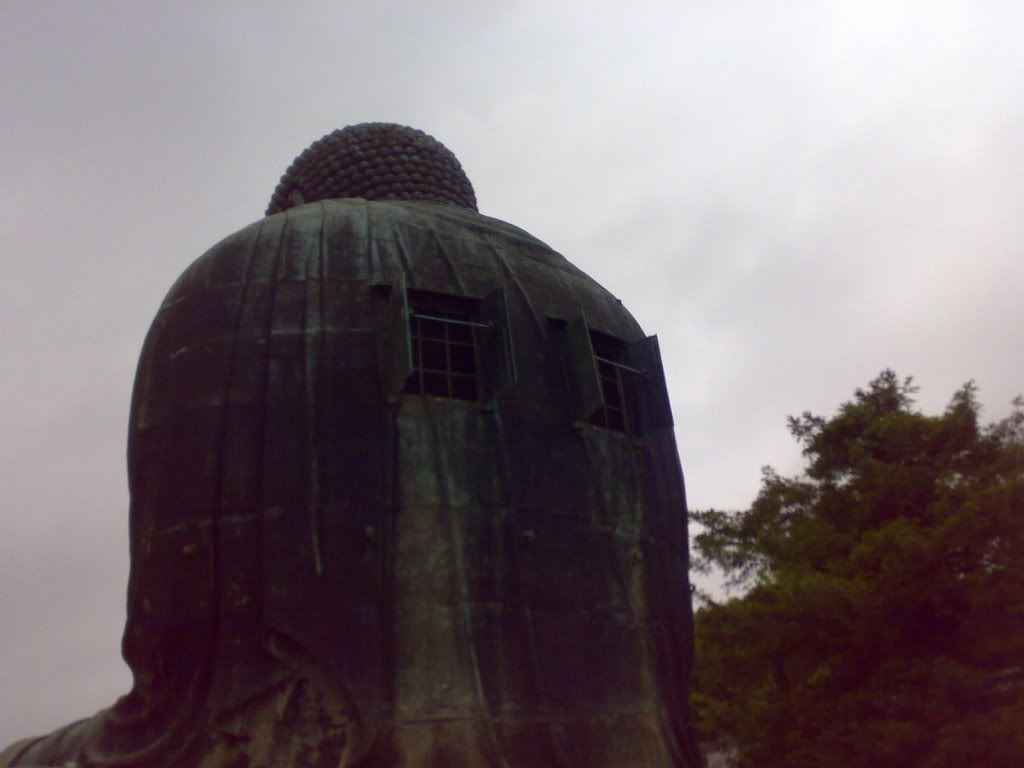
For 20 yen you can go up inside. At first it's just a cramped, dark stairwell. A young man in front of me groused, "This isn't interesting." But the structure inside the body proper made my inner architect very happy.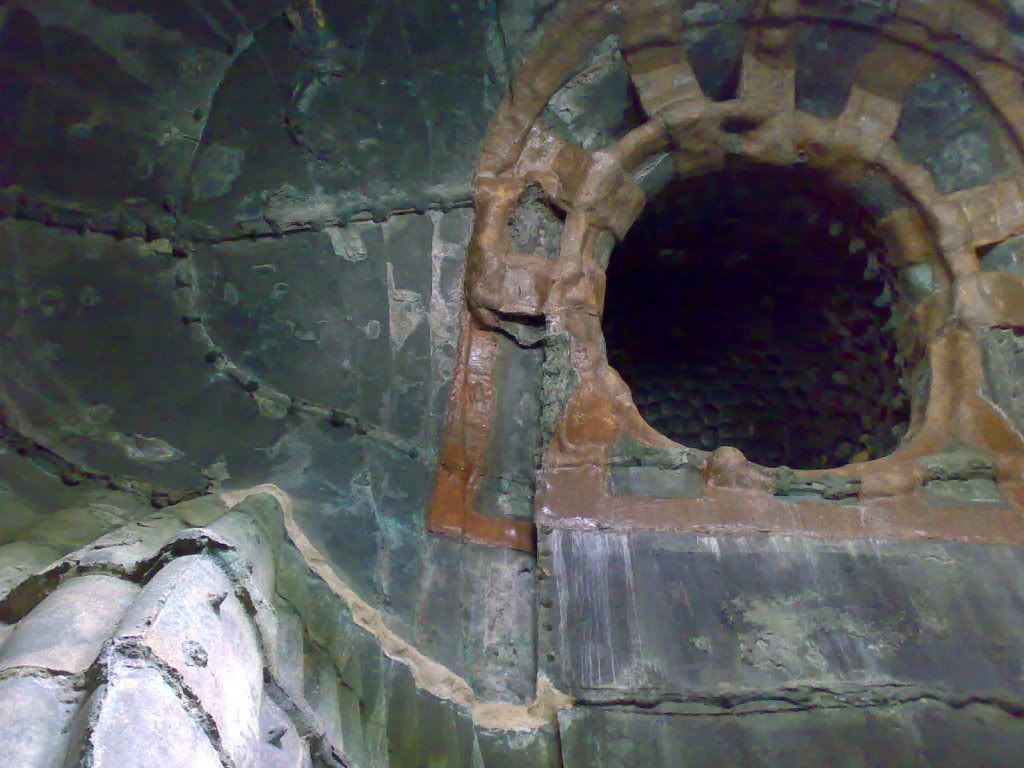
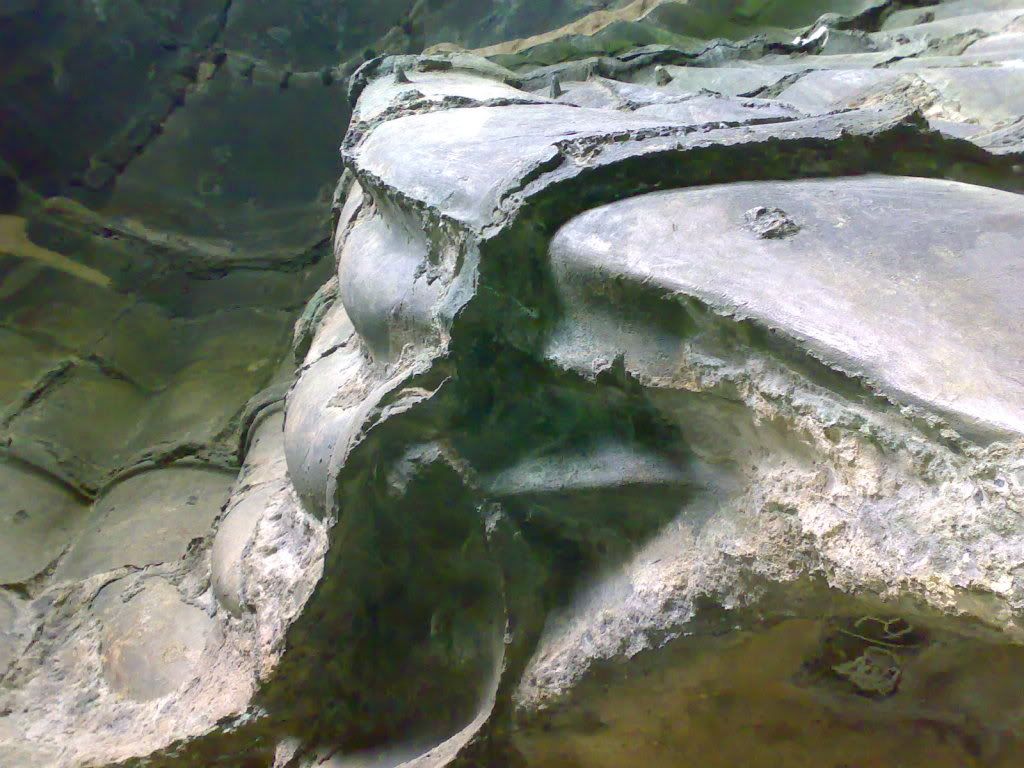
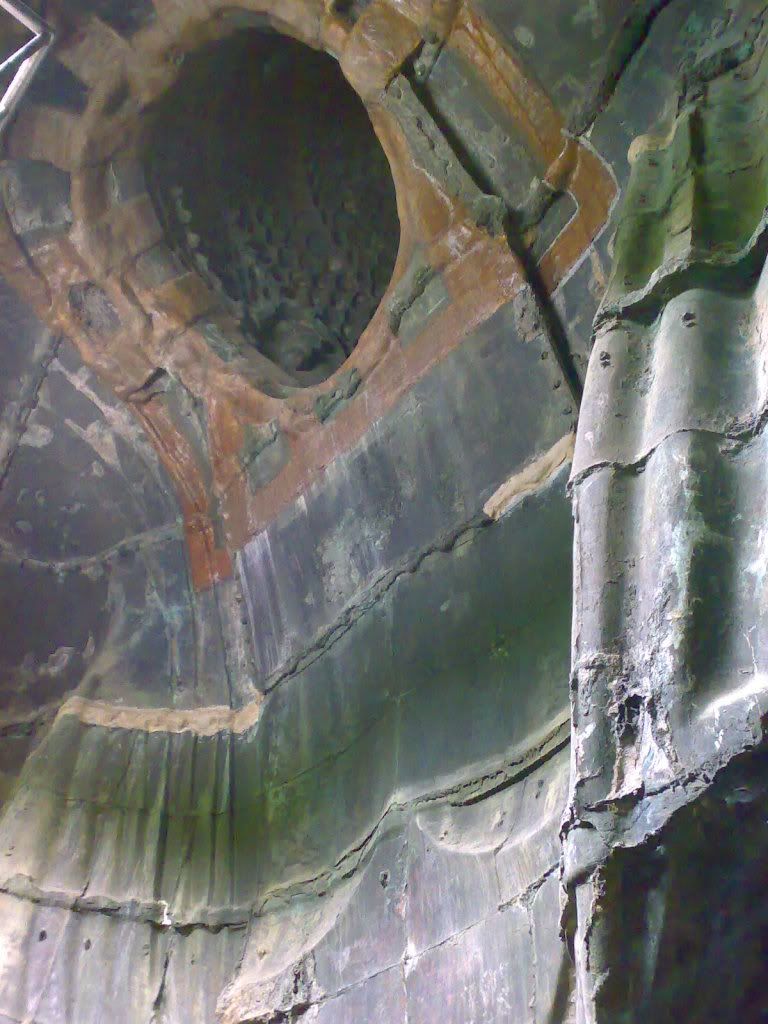
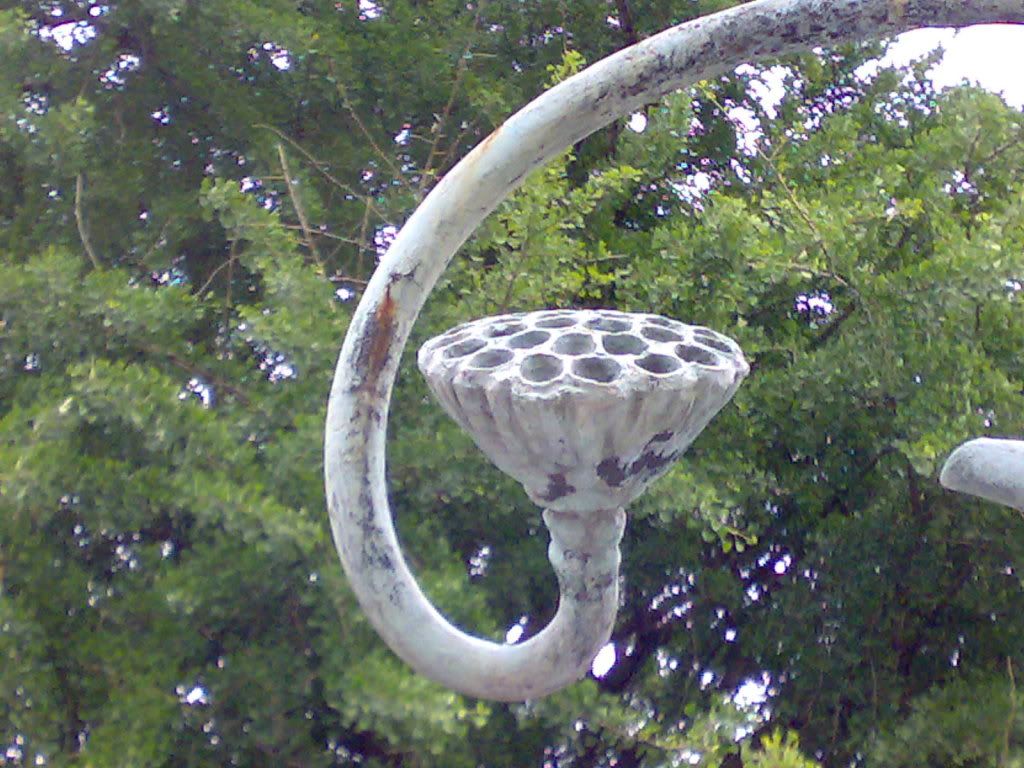 On the way out I noticed a sign that I think should become the motto of every religious person in relation to every other religion.
On the way out I noticed a sign that I think should become the motto of every religious person in relation to every other religion.
Next I went to the nearby Hase Temple, known for its 30-feet-tall golden Kannon statue, with eleven heads and an intricate necklace. Me, I was all about the garden.
(Check out the posing turtle.)
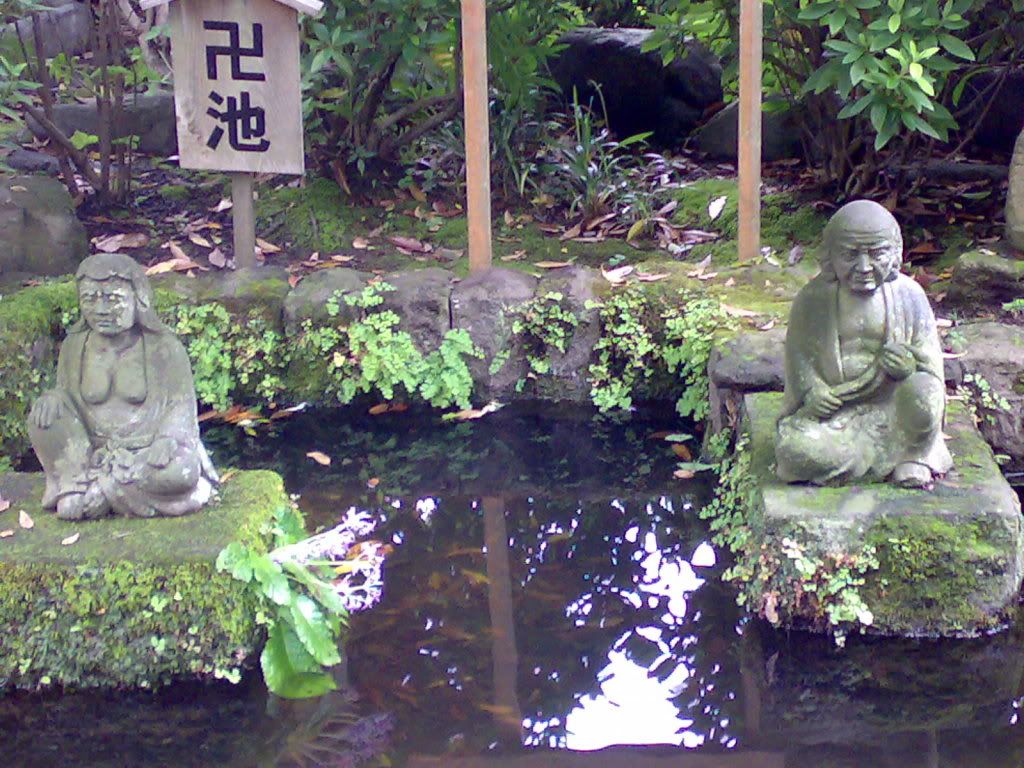
Equal parts heartbreaking and adorable are the thousands of jizou statues for stillborn and aborted babies.
There was a fascinating circuit of caves called Bentenkutsu holding various gods of fortune. They're so worn you can barely see their features, but they hold implements of their expertise. God of animals - god of food - god of sake. It's so damp it made me sneeze, and even I - none too tall - had to bend over to get through some of the tunnels. It's pretty awesome.
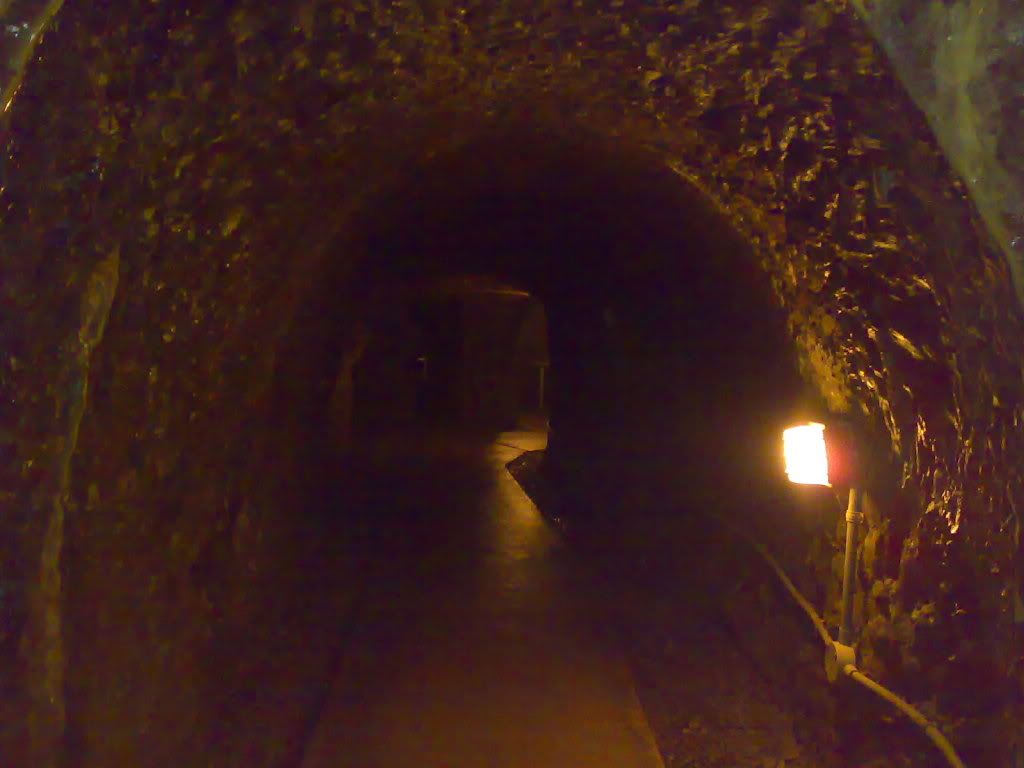
I still had some time, so I went back to Kamakura proper and headed to the first temple I could find on my map. That happened to be - or perhaps had to be - Myohonji.
I... sort of don't want to tell you about Myohonji, for fear that if more people go there it might become overcrowded and lose its magic. But that wouldn't be fair.
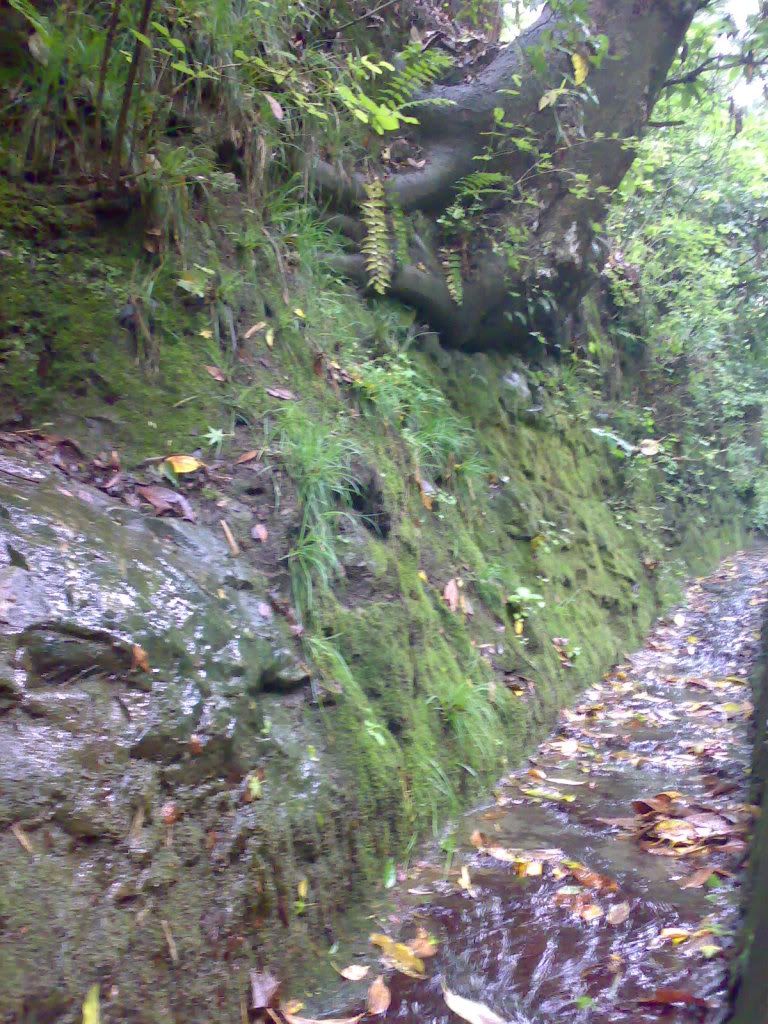
It'd been raining before I came, and I think maybe it couldn't be any other way. Everything was green and crisp, the very air different from just outside the gate.
There's nothing fancy to it - even the main altar can only be seen through a tiny grid. But with so many places in Japan notable for their calmness and beauty, this is very high up on my list.
There was this bird somewhere in those trees - one of many - with a song so beautiful I turned on my cellphone's recorder function until it ran out of batteries, hoping that someday I'd be able to identify it just from that melody, without ever having seen it.
There were only a few people scattered around. I think the kanji in the temple's name - 妙 (strange, unusual) + 本 (book) - must have given it a reputation, because most of them were reading. I sat on the broad ledge under the carved eaves and pulled out my own book. Who am I to argue with perfection?
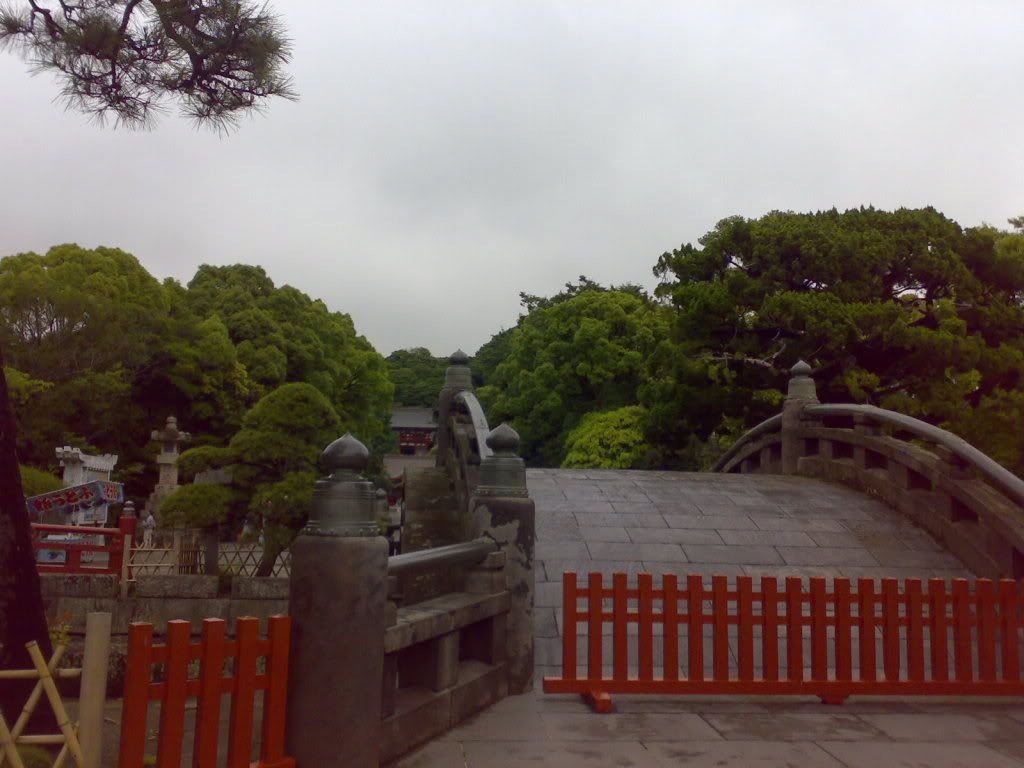
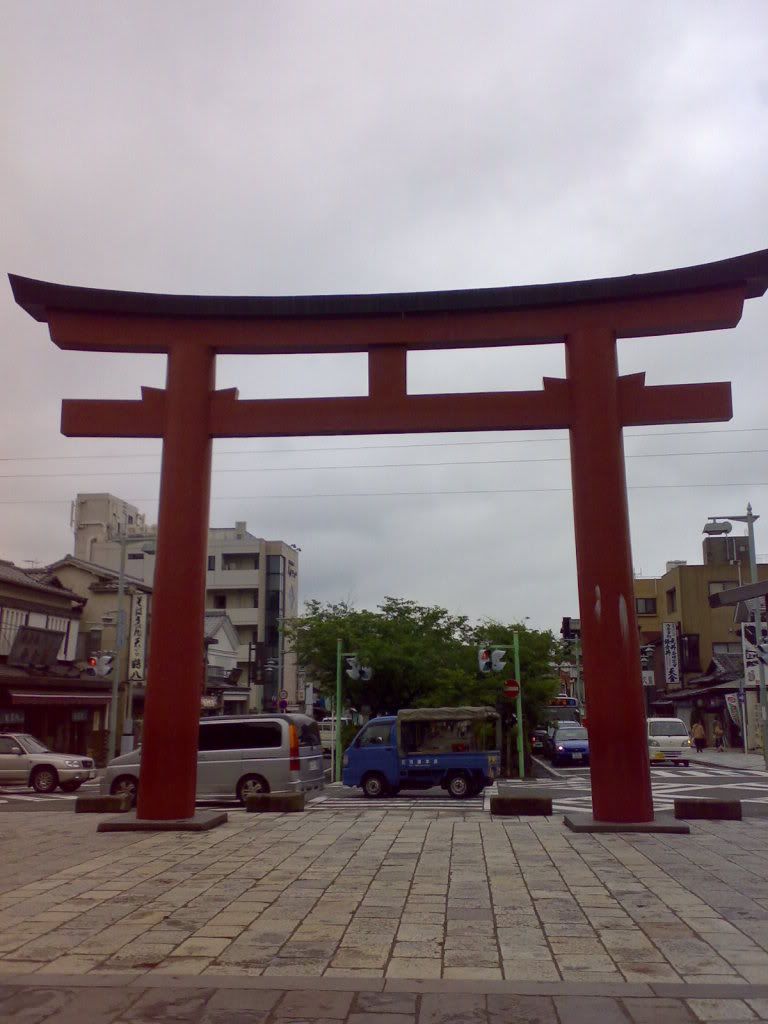
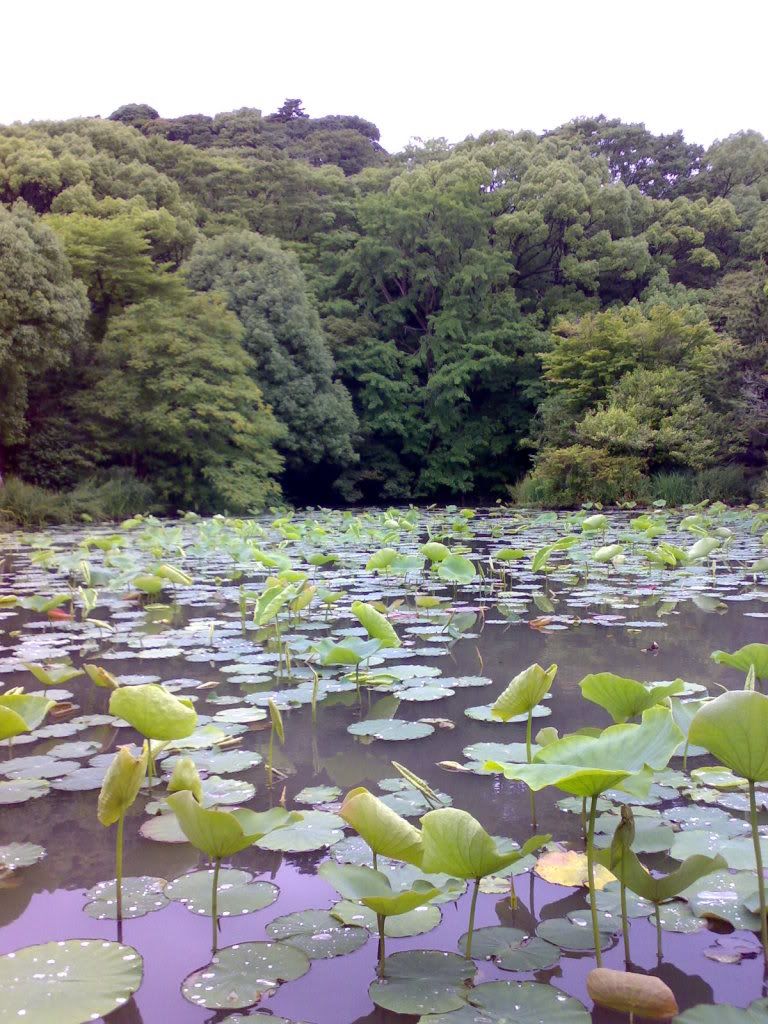
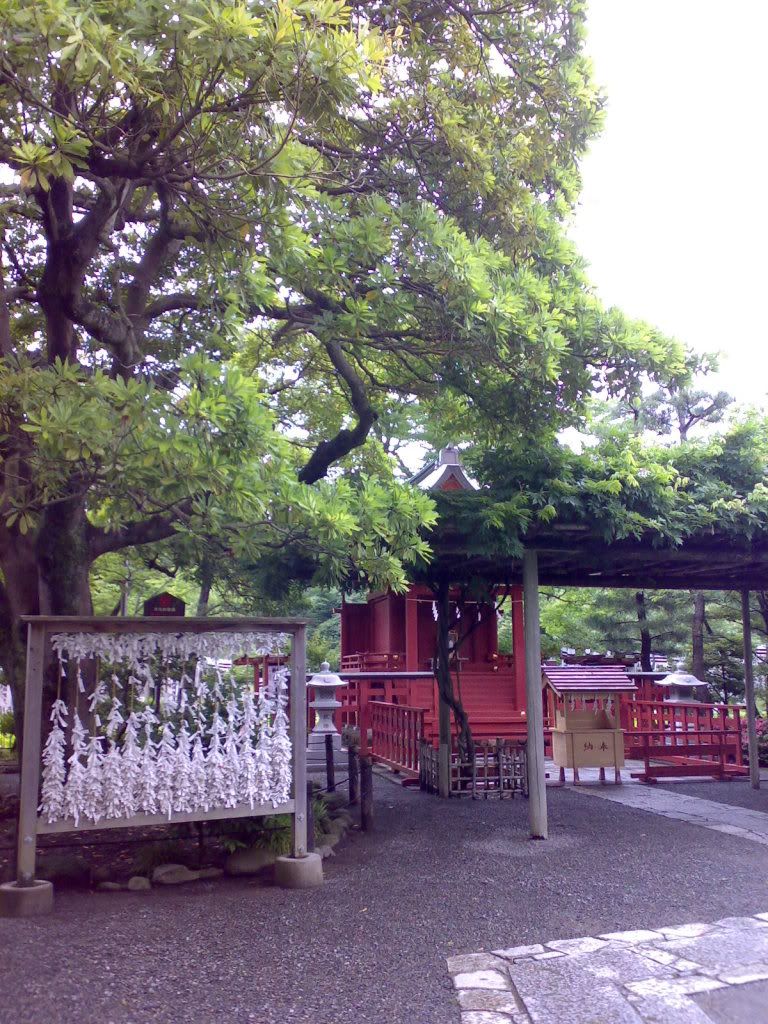
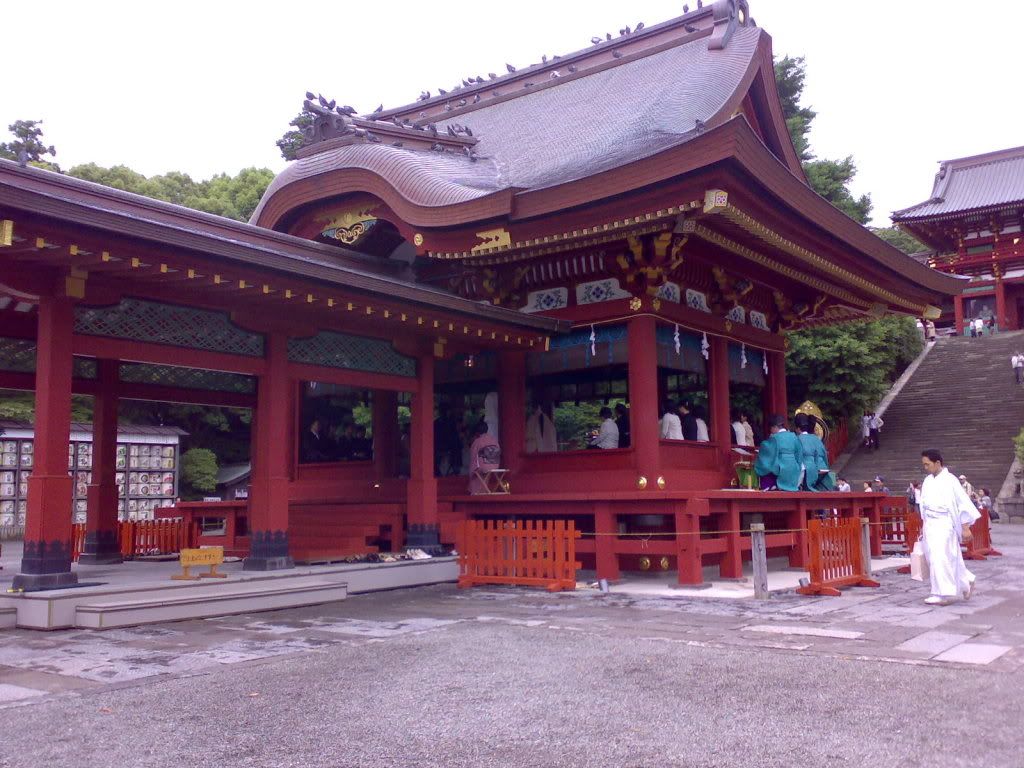
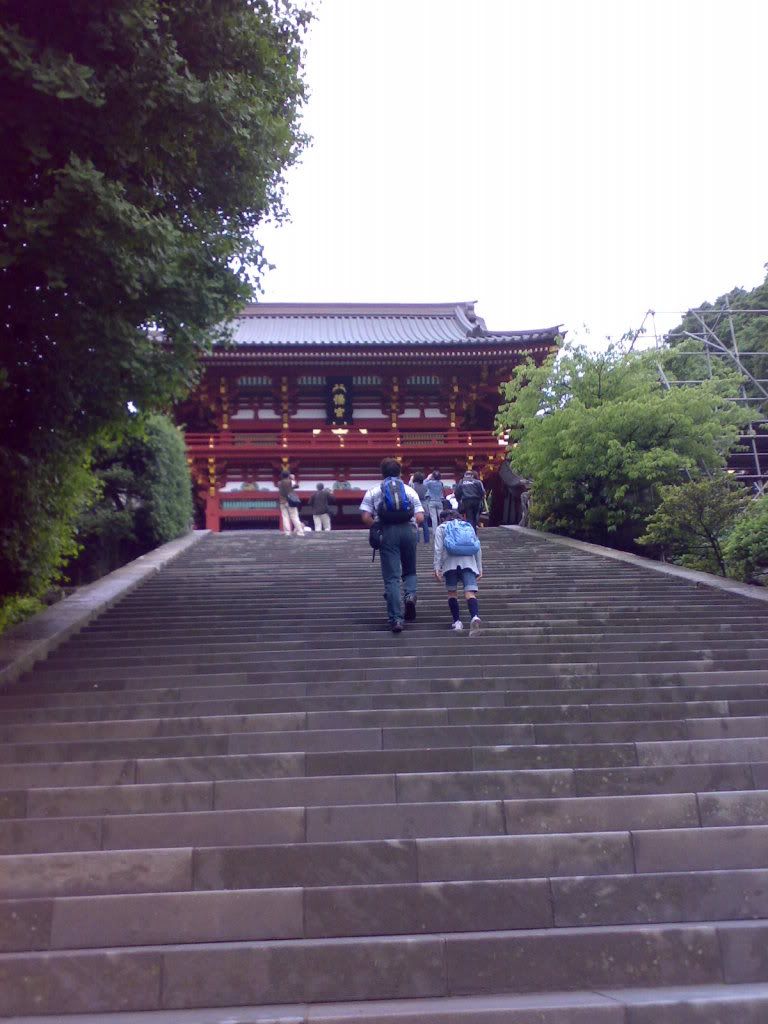

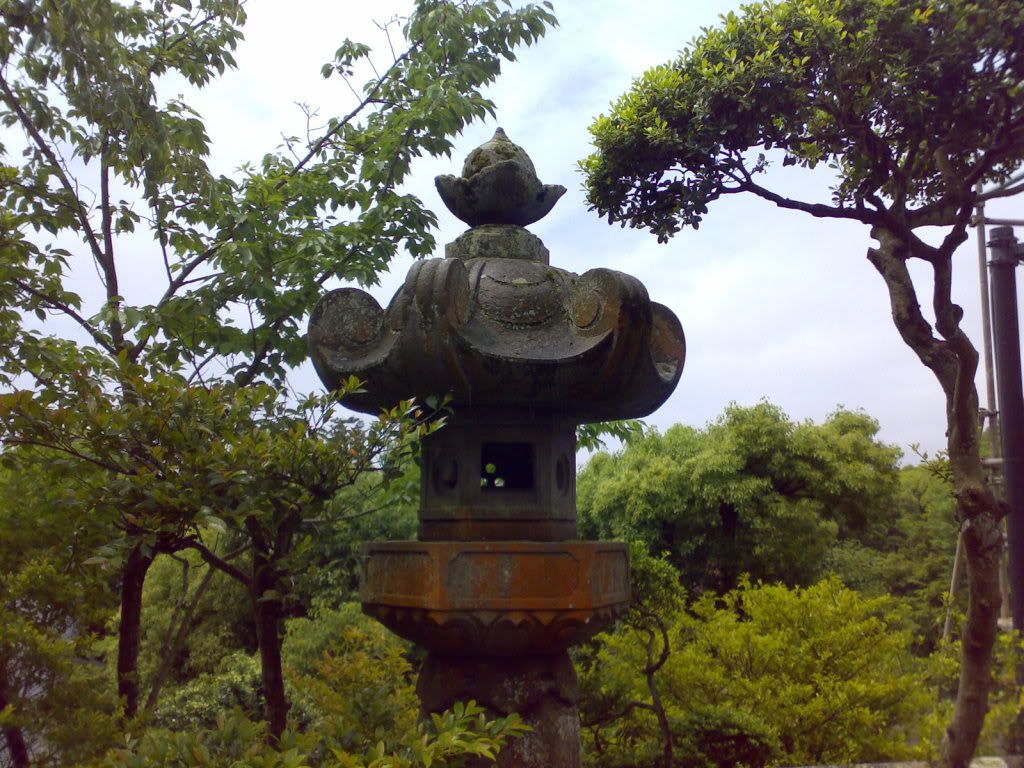
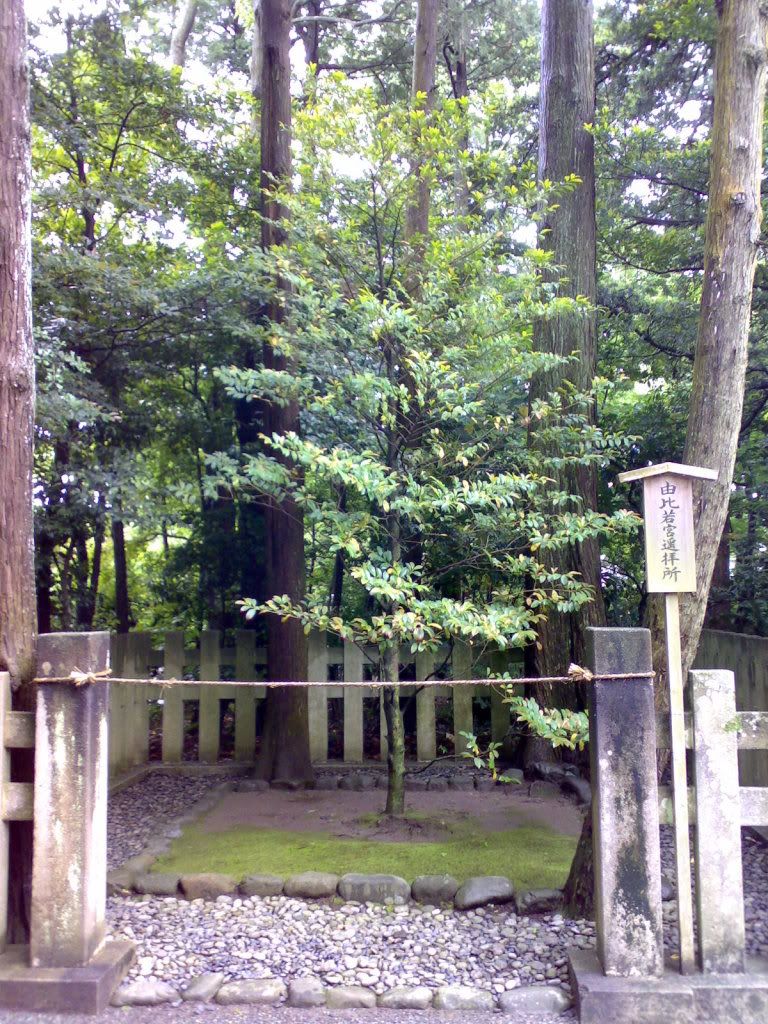

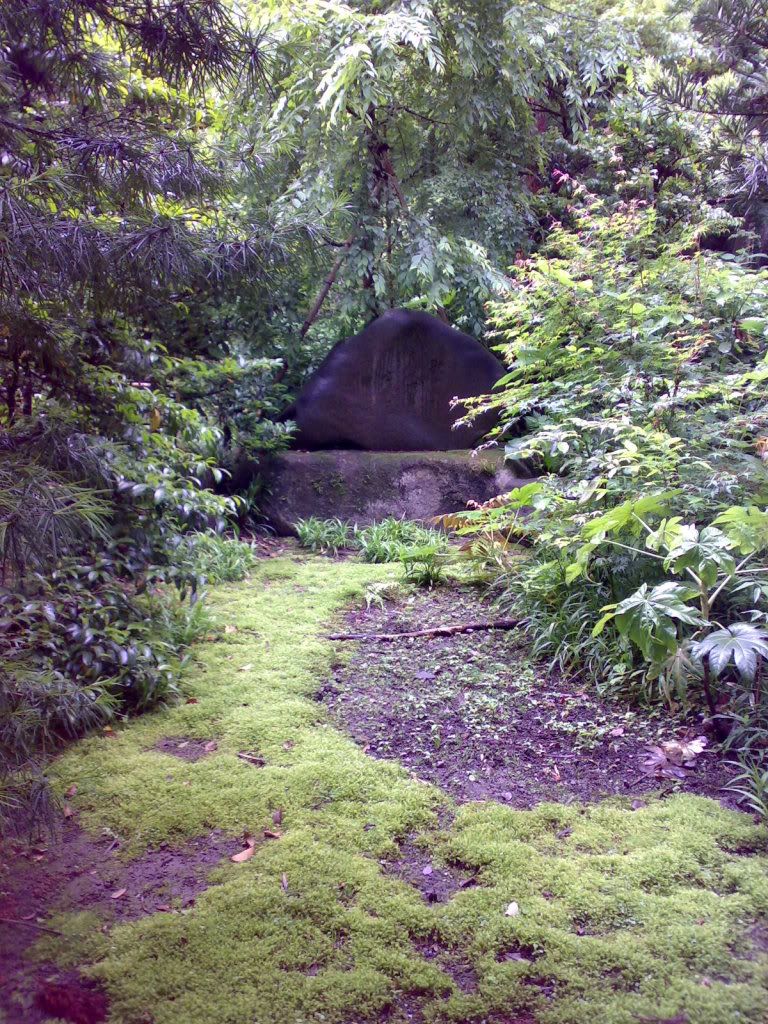
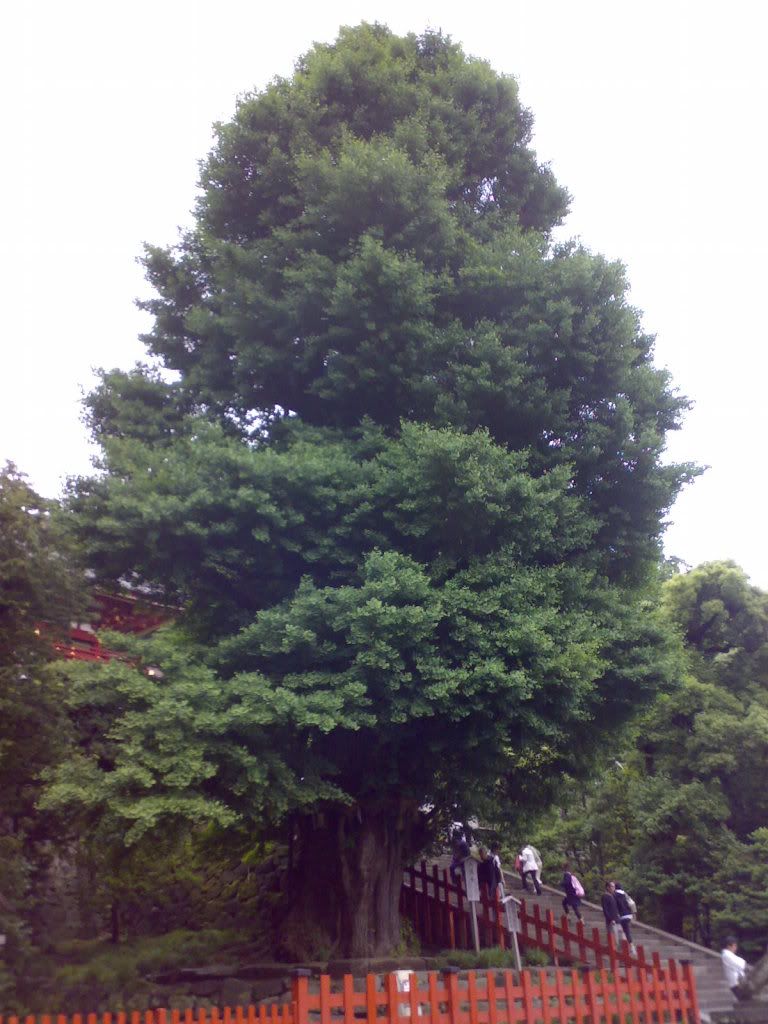
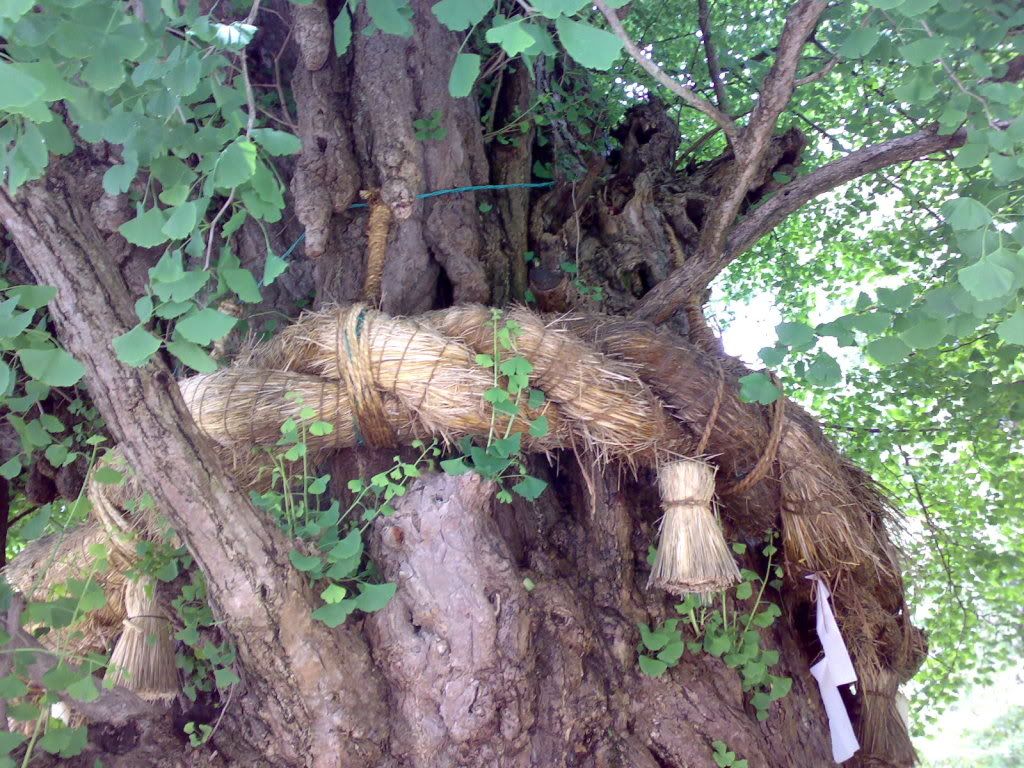
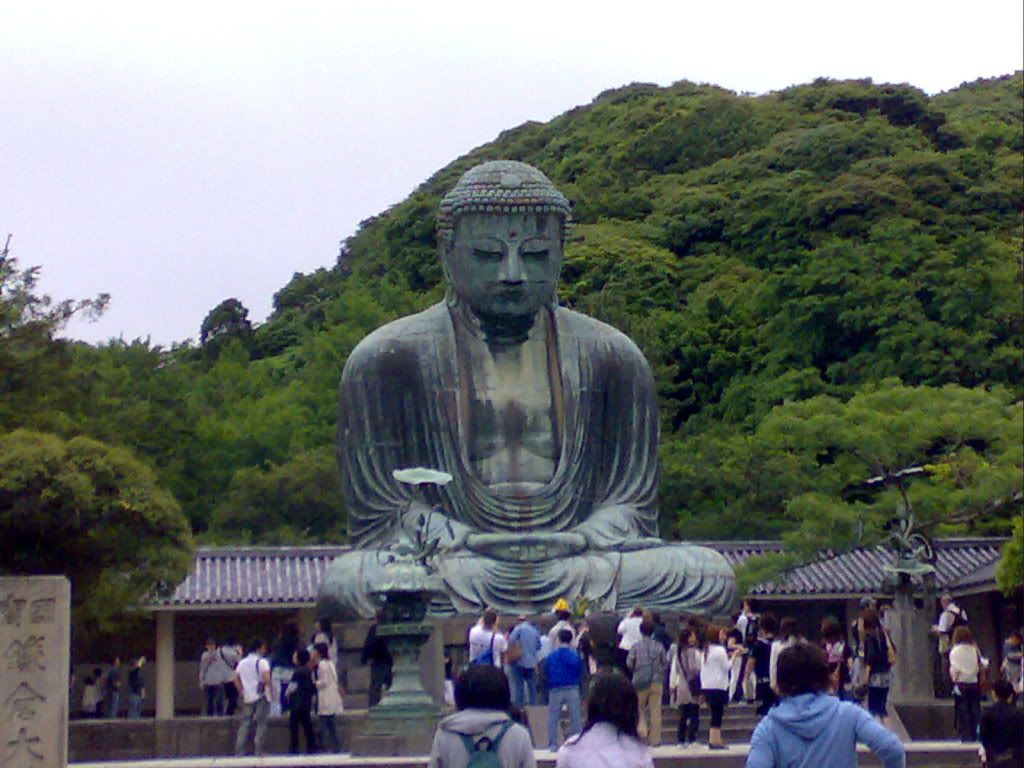
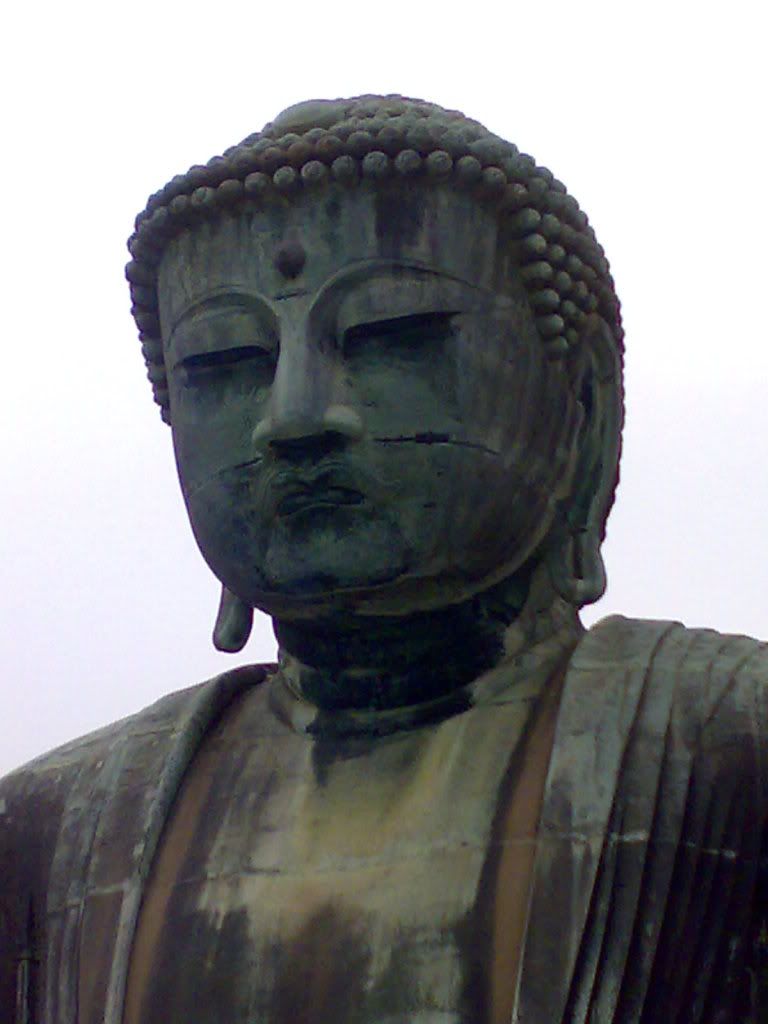
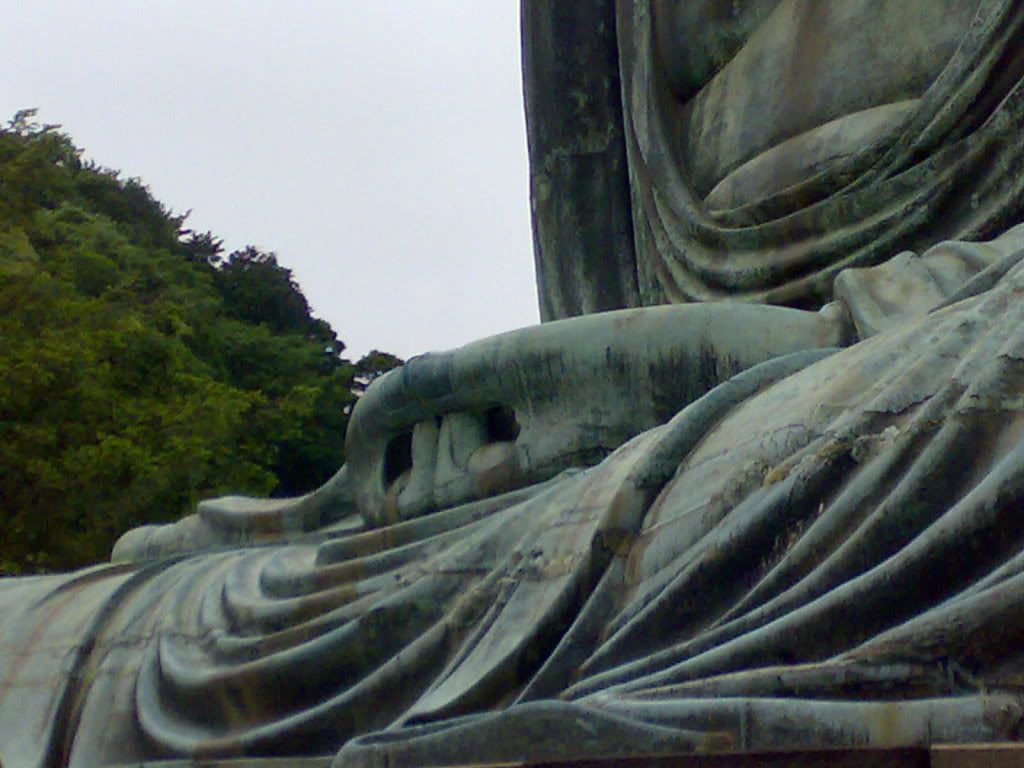
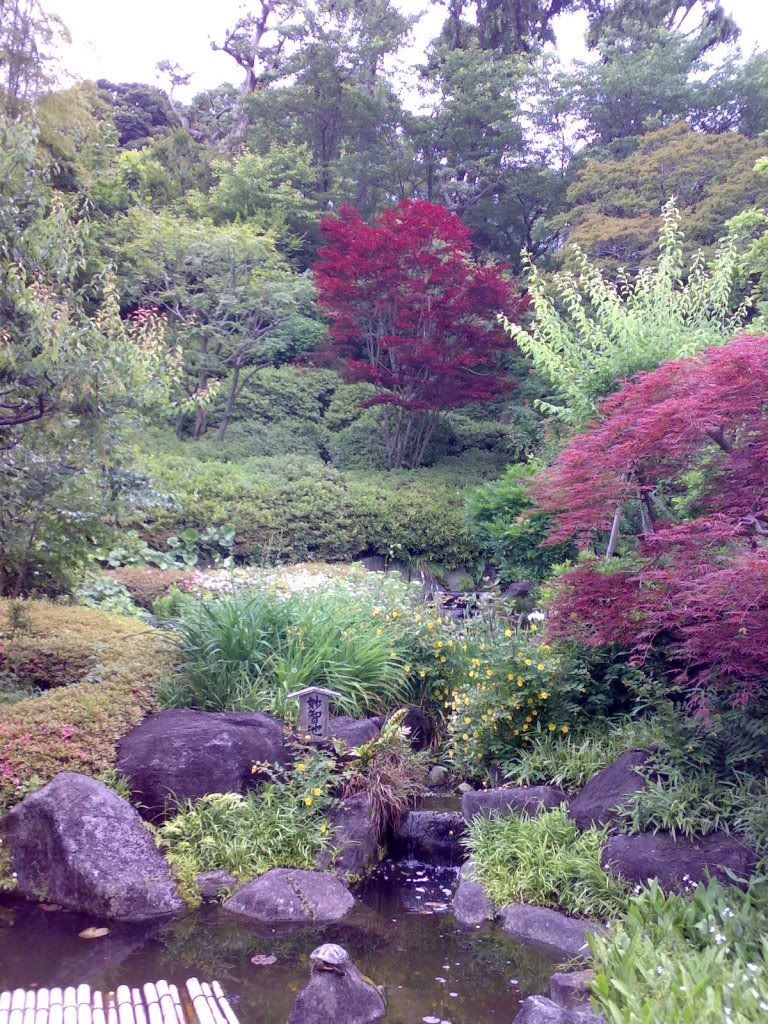
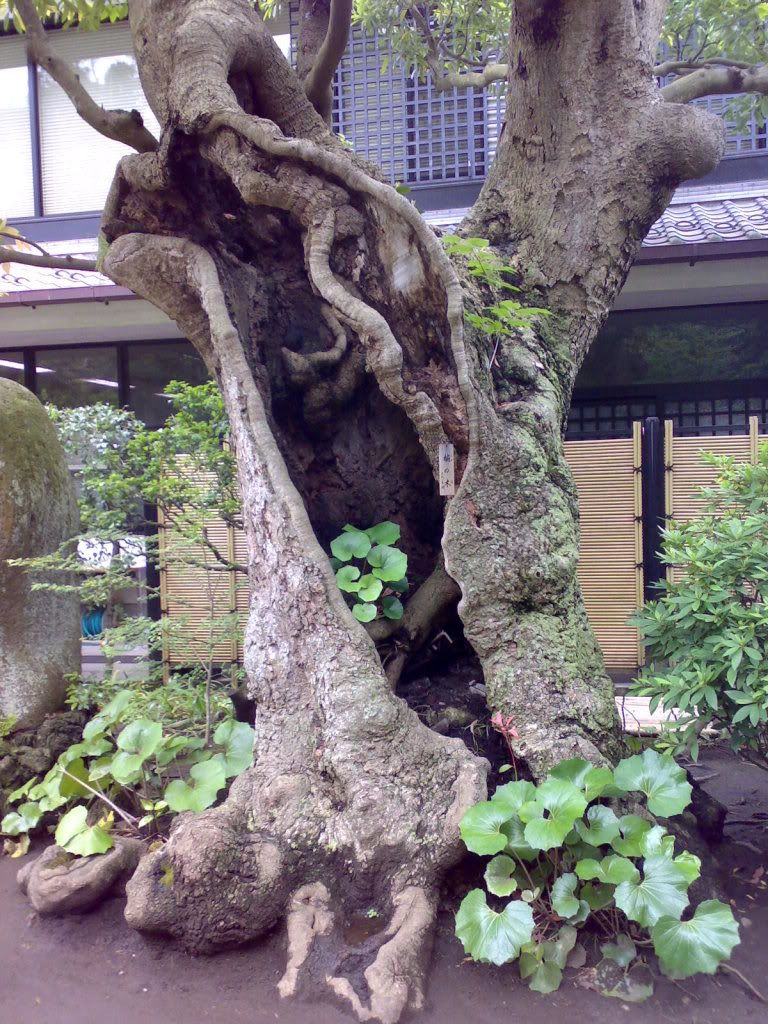
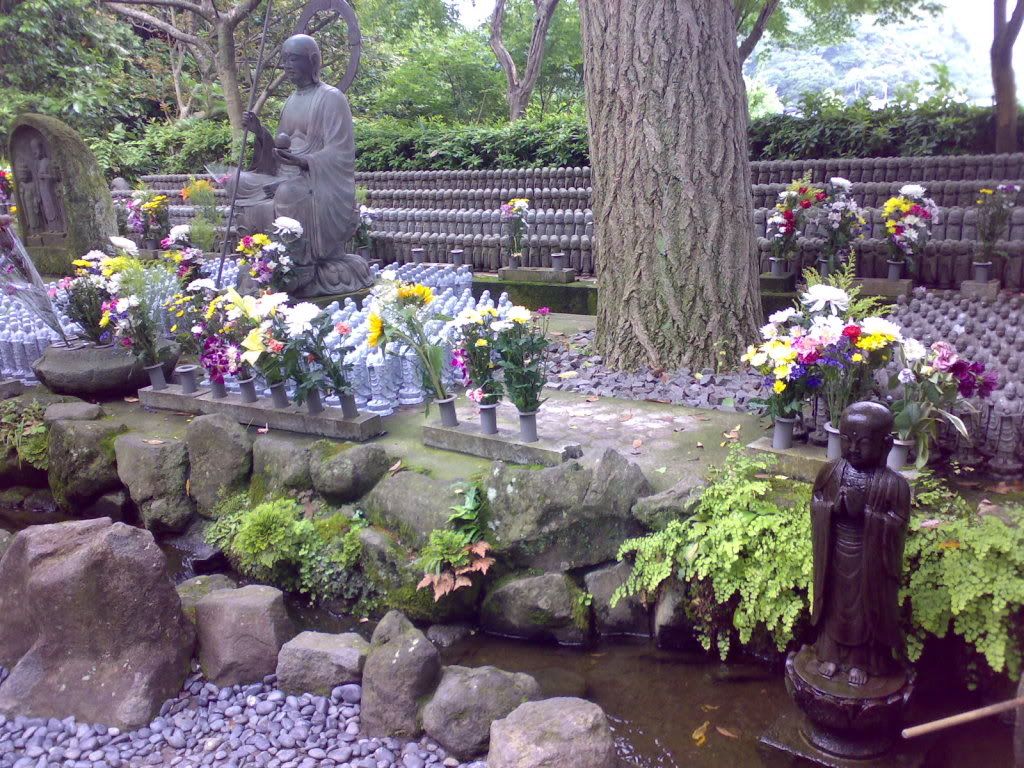
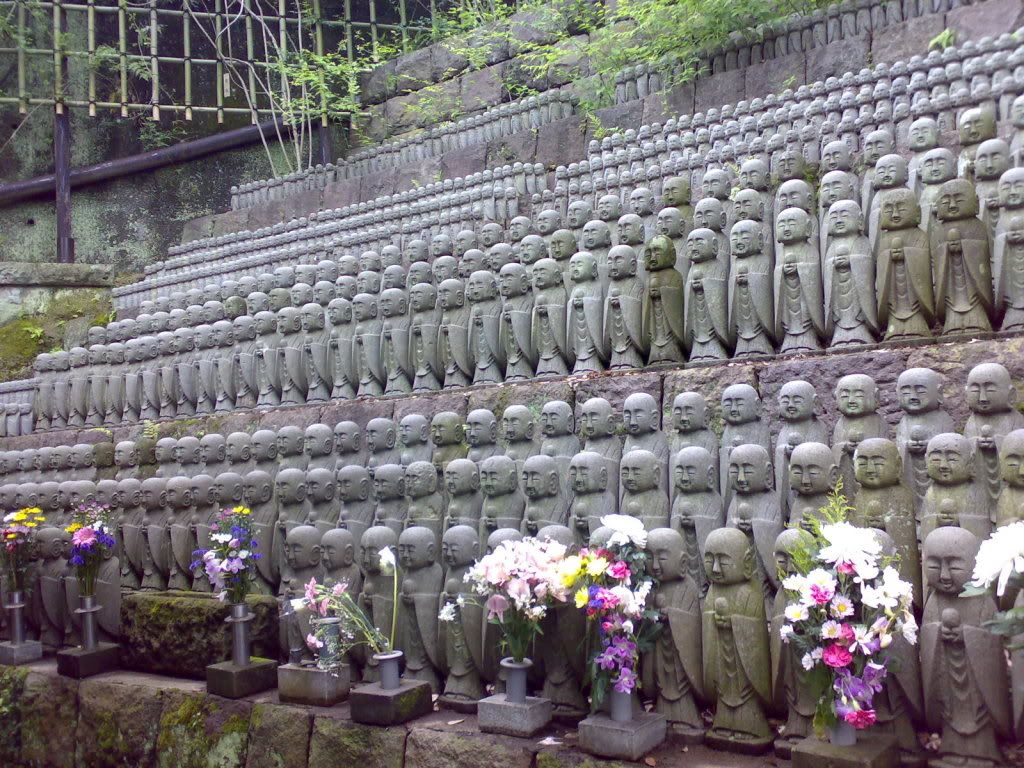
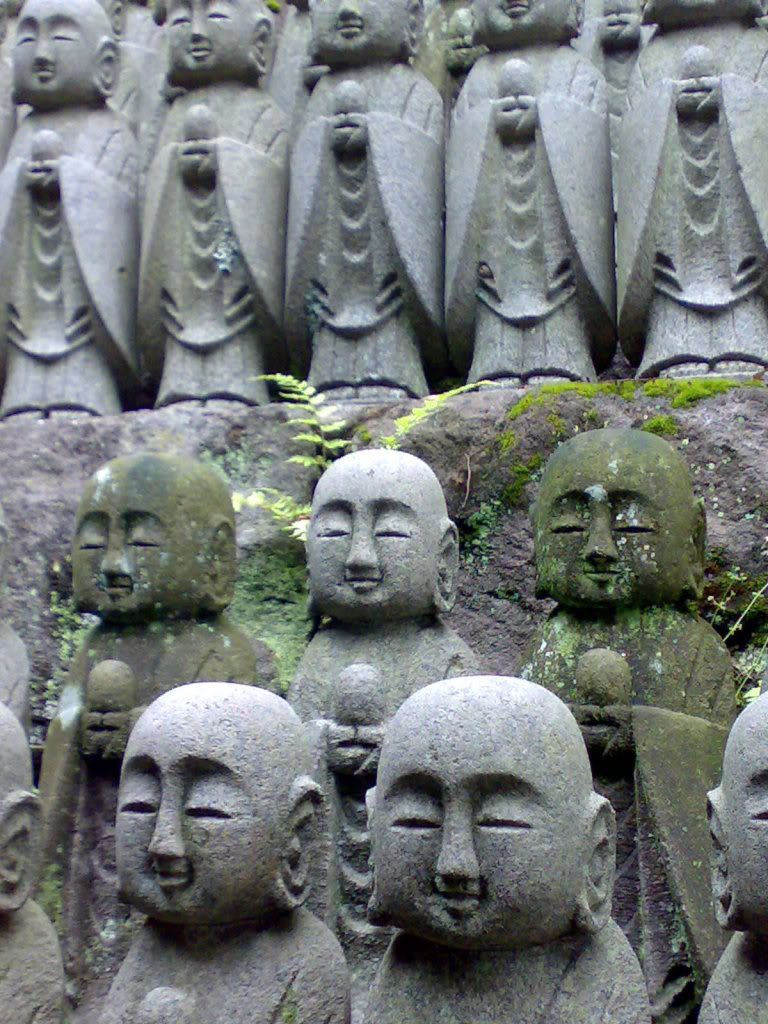
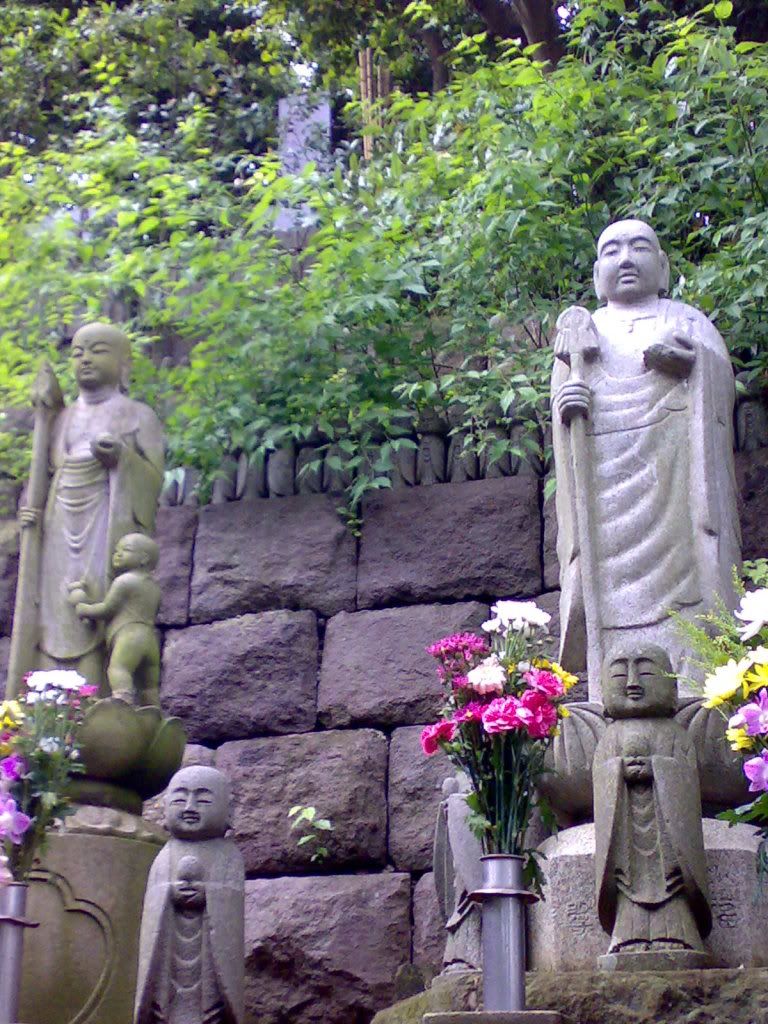
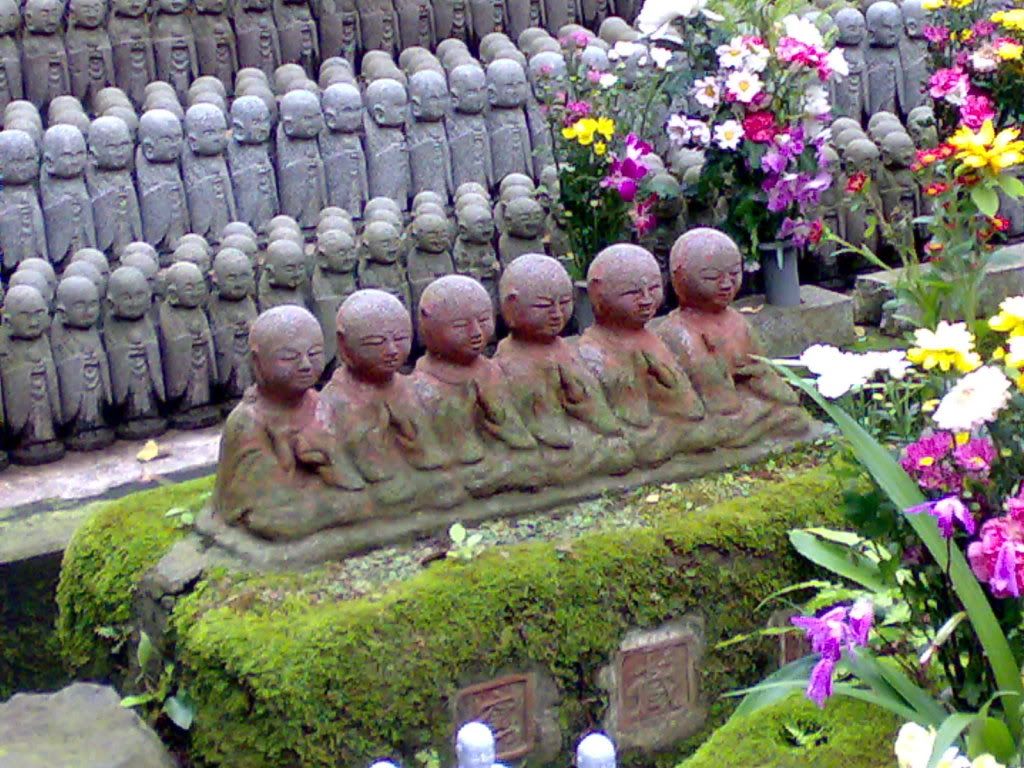
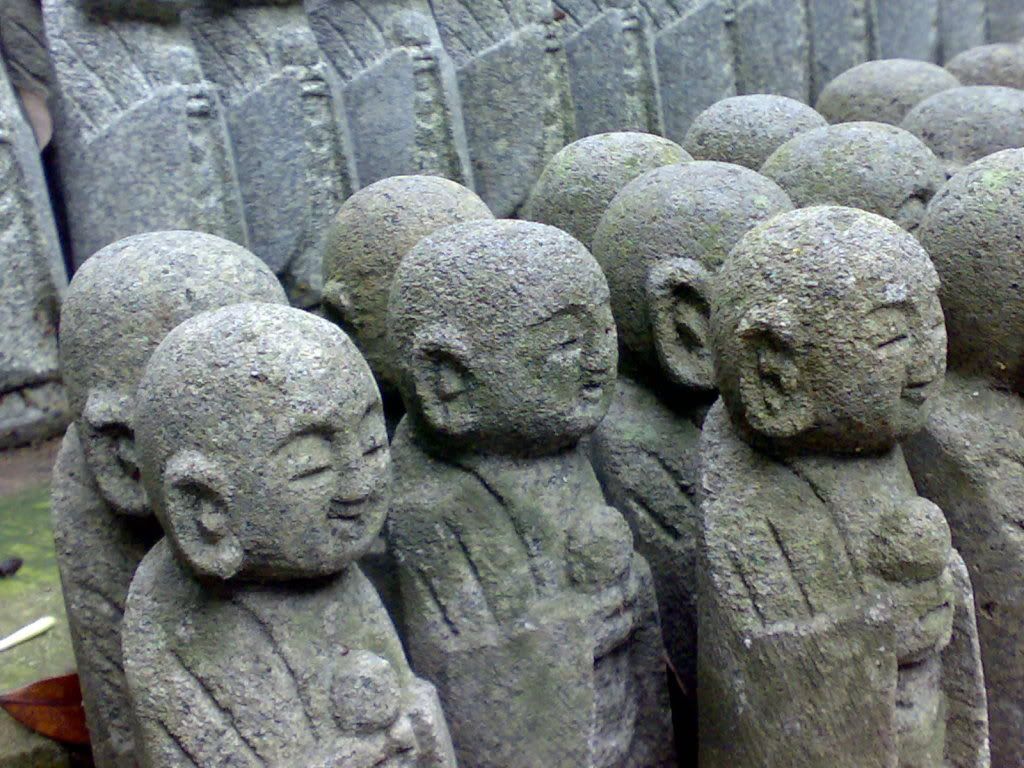
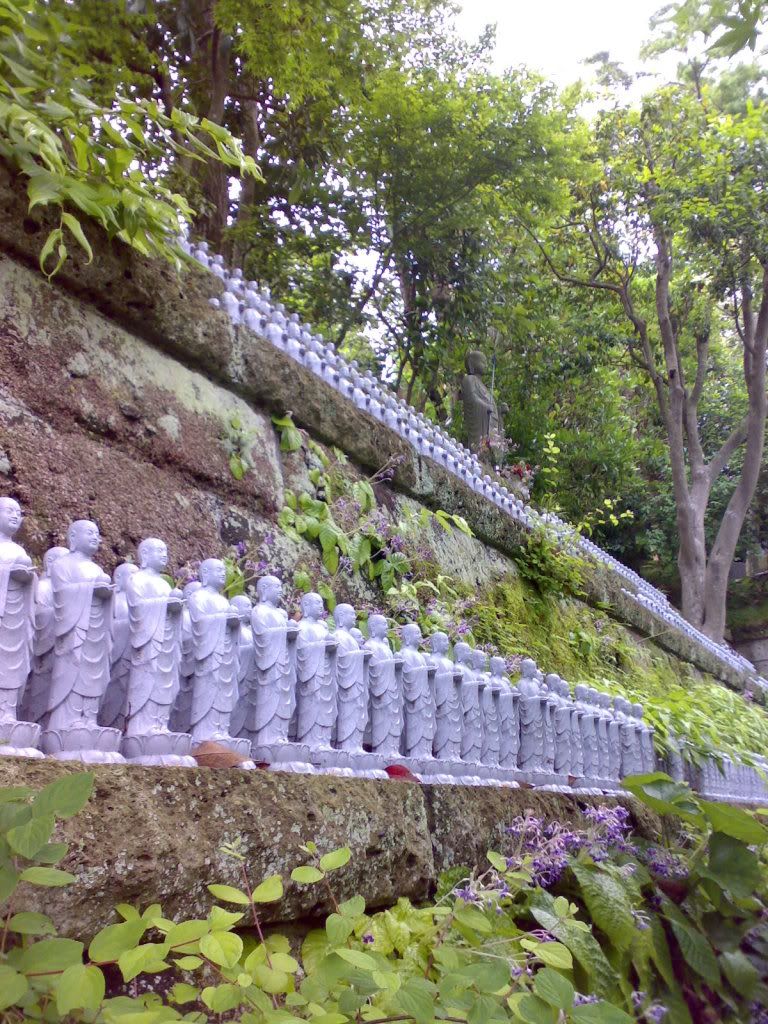
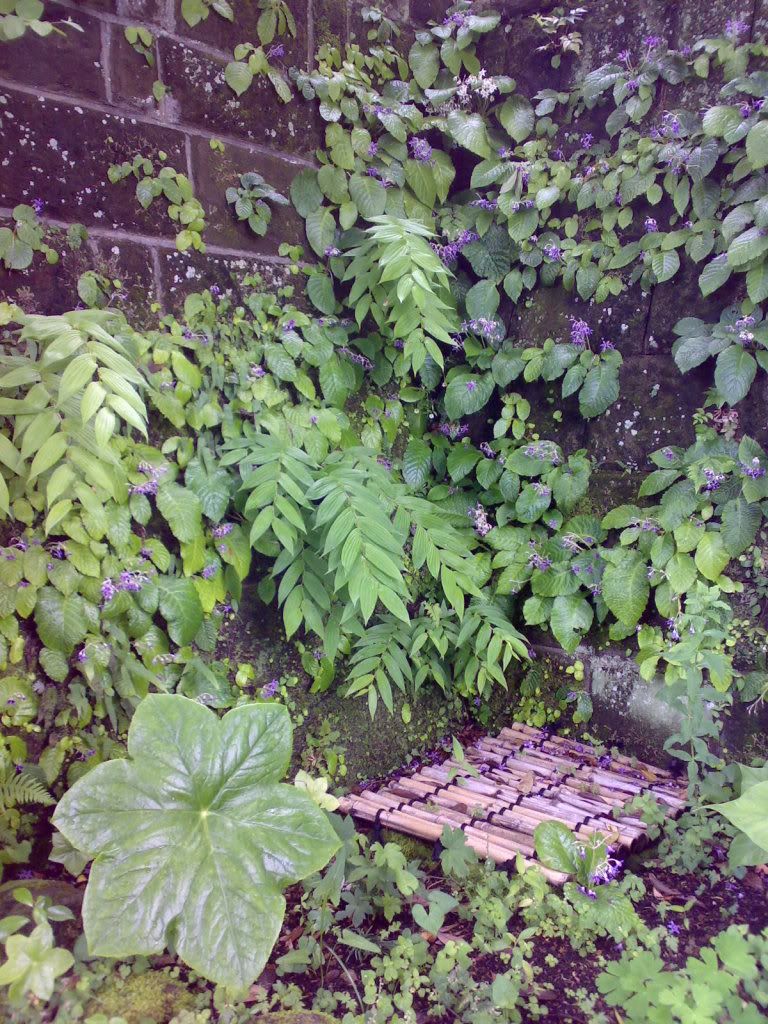
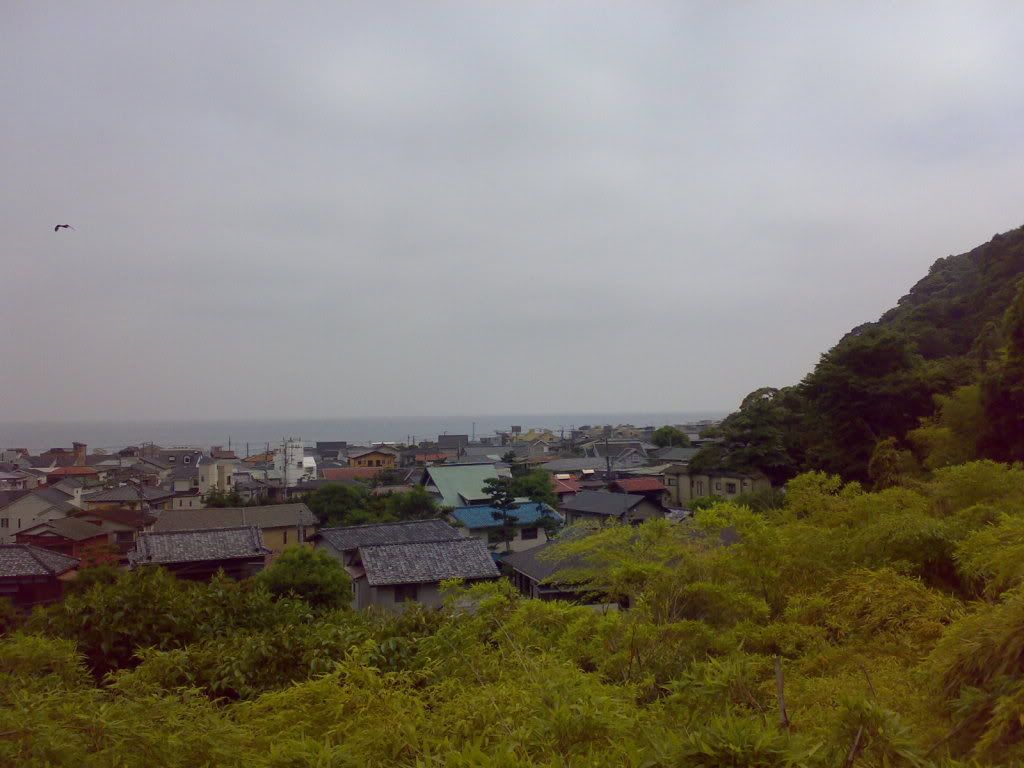
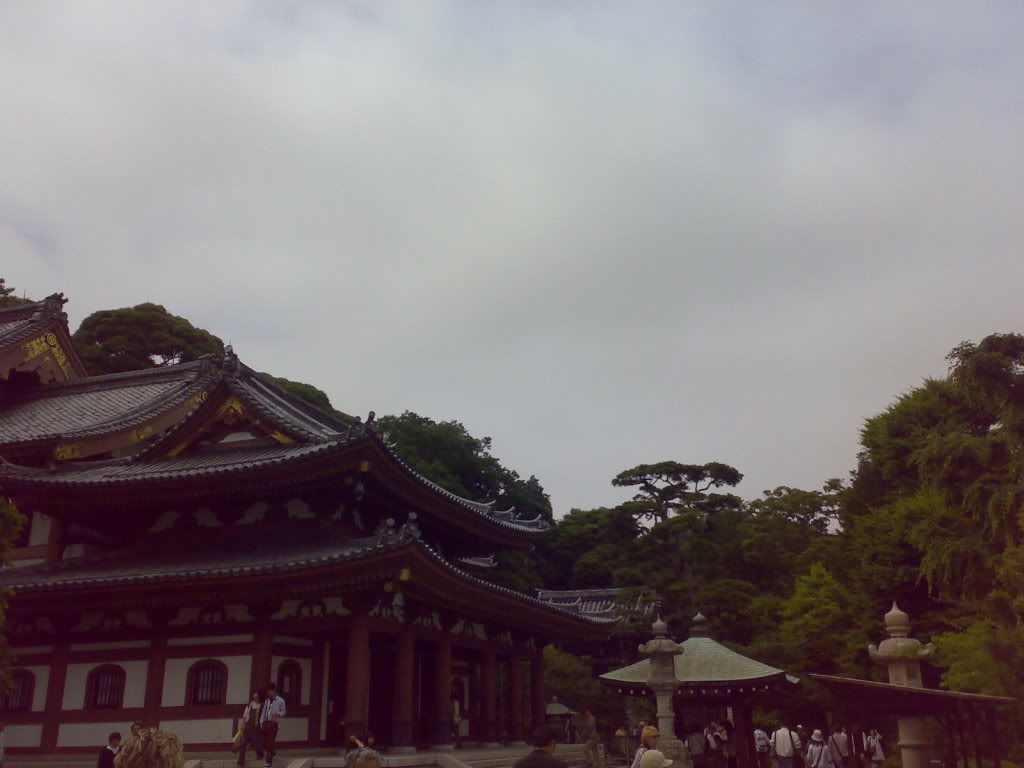
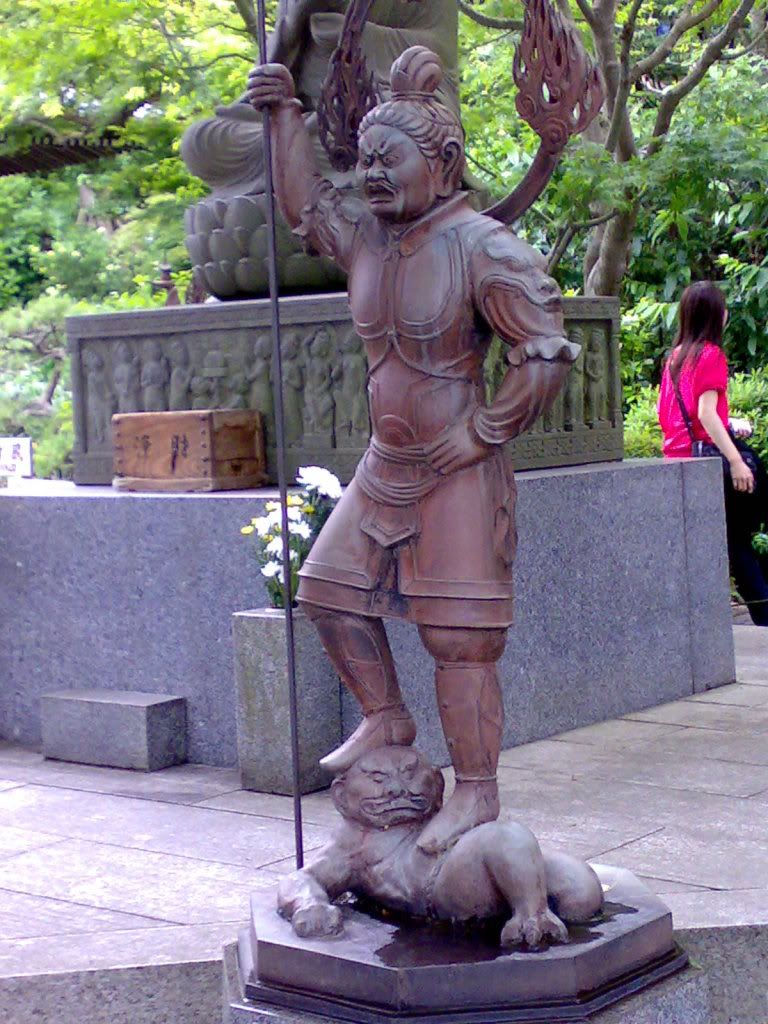
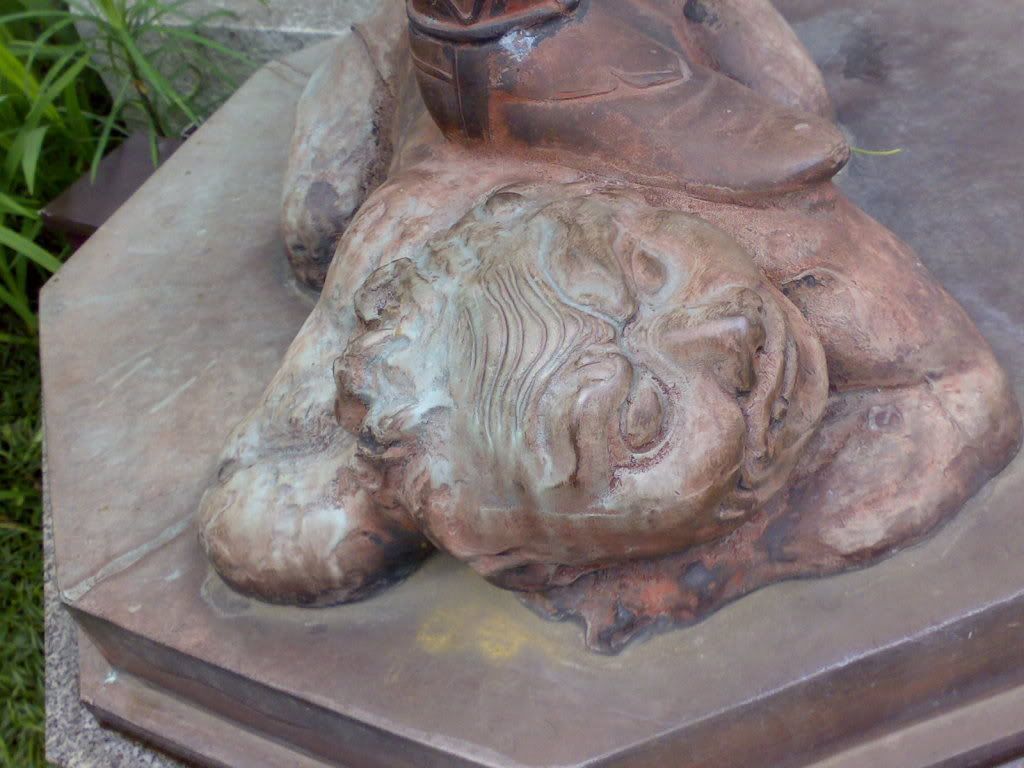
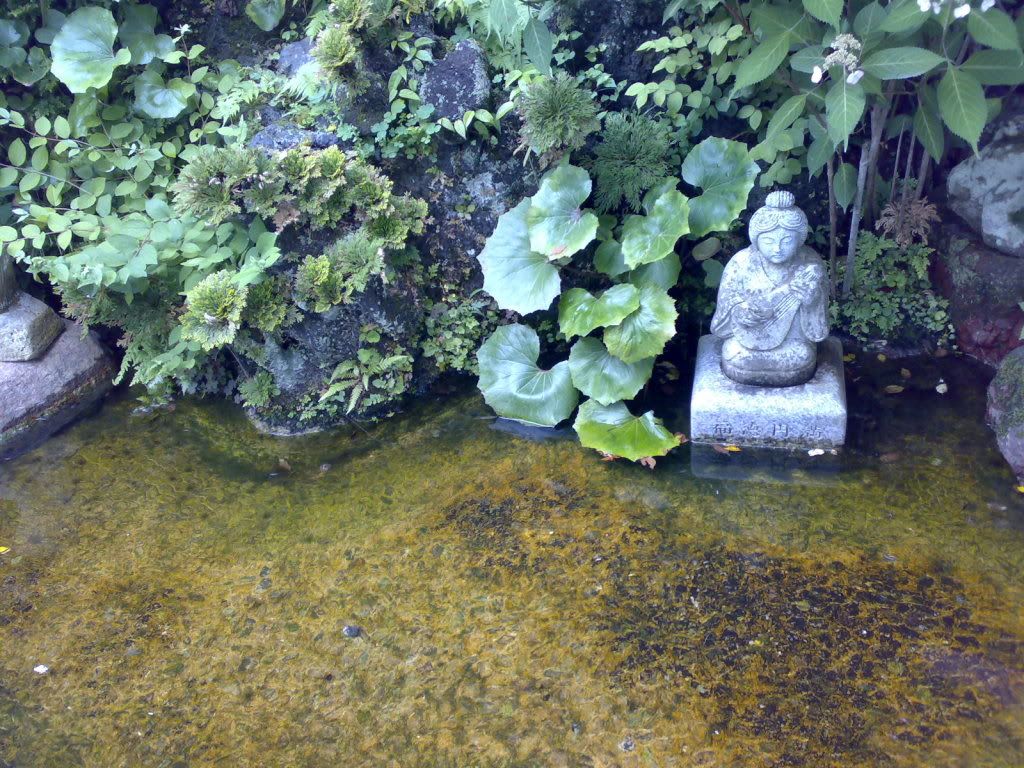
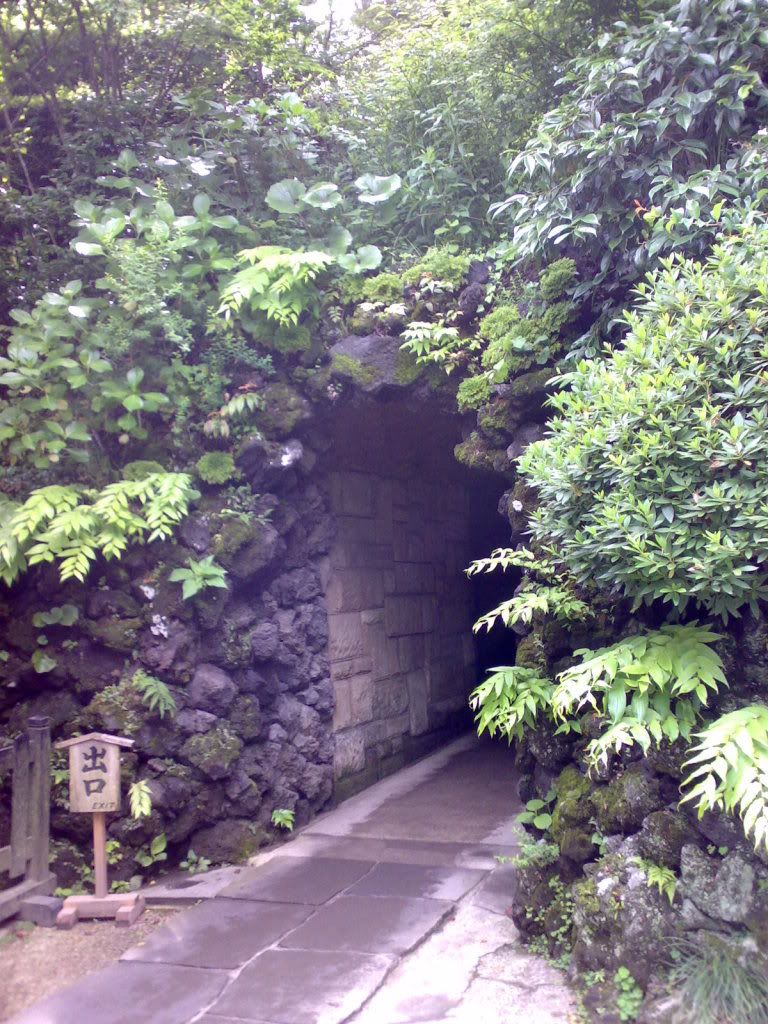
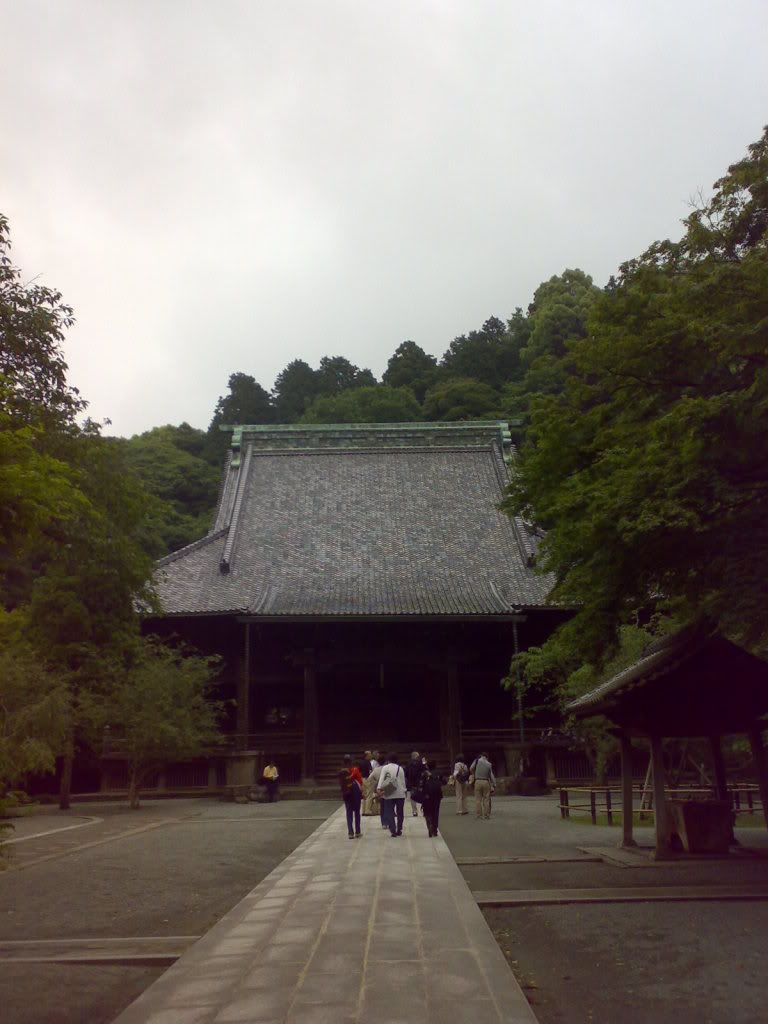
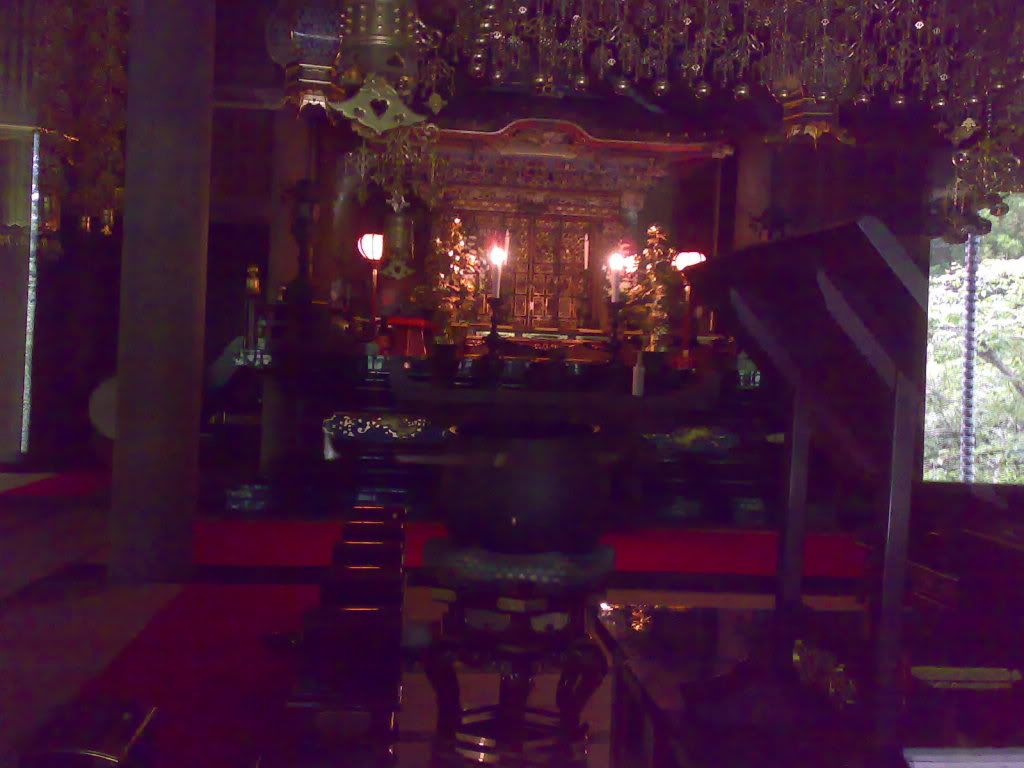

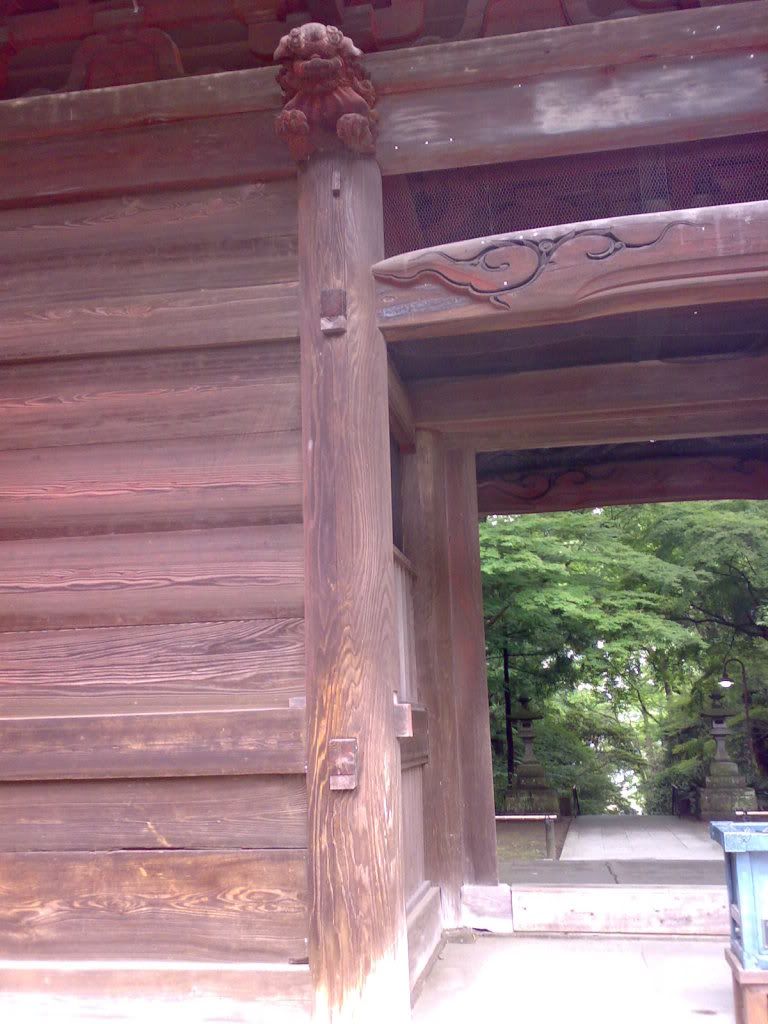
1 comment:
The picture of the wood temple inspires me to put up a wooden post in my rebuilding of the log house into a honeyqueen house. Our new family business possibly called the BEE TREE for selling various honey-bee based products, Raney is making a web-site for it and mommy is very involved also. love your father.
Post a Comment